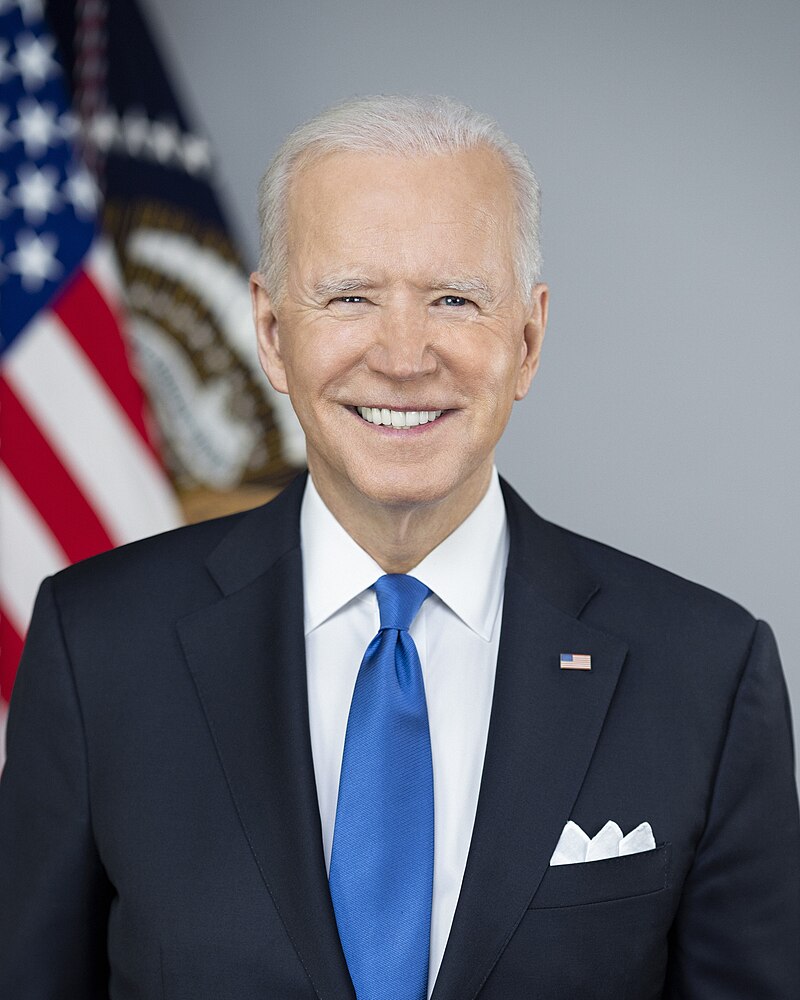In the past decade, war and civil unrest in the Middle East have raged on. However, just this week, officials from the United States, Afghanistan and the Taliban began holding meetings in hopes of putting an end to the violence in Afghanistan.
These initial talks focused on building confidence and trust between the officials and laying the framework for peace talks to come.
“We have not yet reached to the stage of holding peace talks with the international community,” said Taliban spokesman Zabihullah Mujahid to BBC News. “The focus is on initiation of CBMs (Confidence Building Measures) before the talks for peace; consensus in this connection is in the developing process, but so far even implementation of the measures have not been started.”
Both sides are hesitant to work with each other after so many years of bloodshed. However, they believe a common goal can be formed with the help of the Afghan government.
One of the biggest issues being discussed is the freedom of Taliban members being held in Guantanamo Bay. To resolve this issue, the U.S. government has agreed to move five of the Taliban captives from the detention facility, reported BBC.
“They said it on the record, yes, that is part of the talks,” said Chairman of the House Intelligence Committee, Rep. Mike Rogers to Fox News. “This is a really bad idea. And we have told them that. There is no way they could walk out of any of those meetings thinking they had some support coming out of the U.S. Congress.”
After 10 years of fighting, it is easy to see why many would be hesitant to assist the Taliban, especially if it means the release of potentially dangerous individuals, as Rogers points out. While it has the potential to be disastrous, it could secure the Taliban’s trust in the U.S. peace efforts and create an alliance between the two.
Many voice similar concerns about the risks of releasing these five prisoners. As a senior congressional official commented, “the IC (Intelligence Community) has determined that all five were too dangerous to be released.”
However, there are many who remain positive that this is the right way to go about bringing peace to Afghanistan.
“There’s a risk that the Taliban sit there and think there’s some kind of divide-and-rule going on from the international side … and that actually no negotiated deal is possible, and that they are far better off maintaining the coherence of their leadership,” said Michael Semple, former EU envoy to Kabul to BBC.
However, the U.S. government has refused to release these five men until the Taliban agrees to release three U.S. captives as well, as a show of good faith. With such controversy around the exchange, many wonder why the U.S. is negotiating with the militant group.
“While Al Qaeda just wants to kill people, the Taliban have definite governing ambitions,” said one of the U.S. officials in charge of the negotiations to CNN. “They want Afghanistan back — but to accomplish that, they only need to do the minimum. They don’t need to control every inch of land, just be present enough to exert influence.”
It is expected that working and creating a lasting peace with the Taliban will strengthen the Afghan government’s hold on the people as well as end many of the violent acts that have been occurring in the country.
“Their leadership … looks rather more coherent and united than anything on either the Afghan government or international side,” said Semple.
The Taliban would be a powerful ally to the Afghan and U.S. governments in the continuing Middle Eastern conflict, and such an alliance could help to end the decade-long war.







Amr • Mar 14, 2012 at 3:48 pm
The following three enctsene comprise the first set of questions posed by the Foreign Policy interviewer to Hillary: 1. In late May, then-top commander General Stanley McChrystal said there is clear evidence of Iranian activity in training and providing weaponry to the Taliban in Afghanistan. What are Iran’s core interests in Afghanistan, and how have they evolved in the last nine years? How do those complement or work against what the U.S. and NATO are trying to achieve there? Note that the interviewer’s two question enctsenes don’t require, or even invite, Hillary to comment on the interviewer’s assumption stated in the first enctsene that the US has clear evidence that Iran is involved in training and supplying weapons to the Taliban in Afghanistan. Hillary declined to address this first-sentence assumption, presumably for one or more of the following reasons: (1) she had not been asked to do so; (2) the assumption was irrelevant to the two questions she was asked; and (3) it would have been impossible in any event to prove the negative of that stated assumption, and thus both pointless and risky to try.But why, one wonders, did this interviewer consider it appropriate to slip in this assumption before posing the two questions to Hillary? It seems plain to me that the interviewer intended that assumption to color the two questions actually posed to Hillary, which questions can thus be rephrased as follows:1. What are Iran’s core interests in Afghanistan, and how have they evolved in the last nine years SUCH THAT IRAN IS NOW TRAINING AND ARMING THE TALIBAN IN ORDER TO ACCOMPLISH ITS OBJECTIVES IN AFGHANISTAN?2. How do IRAN’S INTERESTS IN AFGHANISTAN, AND ITS TRAINING AND ARMING OF THE TALIBAN IN AN EFFORT TO ACCOMPLISH ITS OBJECTIVES, complement or work against what the U.S. and NATO are trying to achieve there?